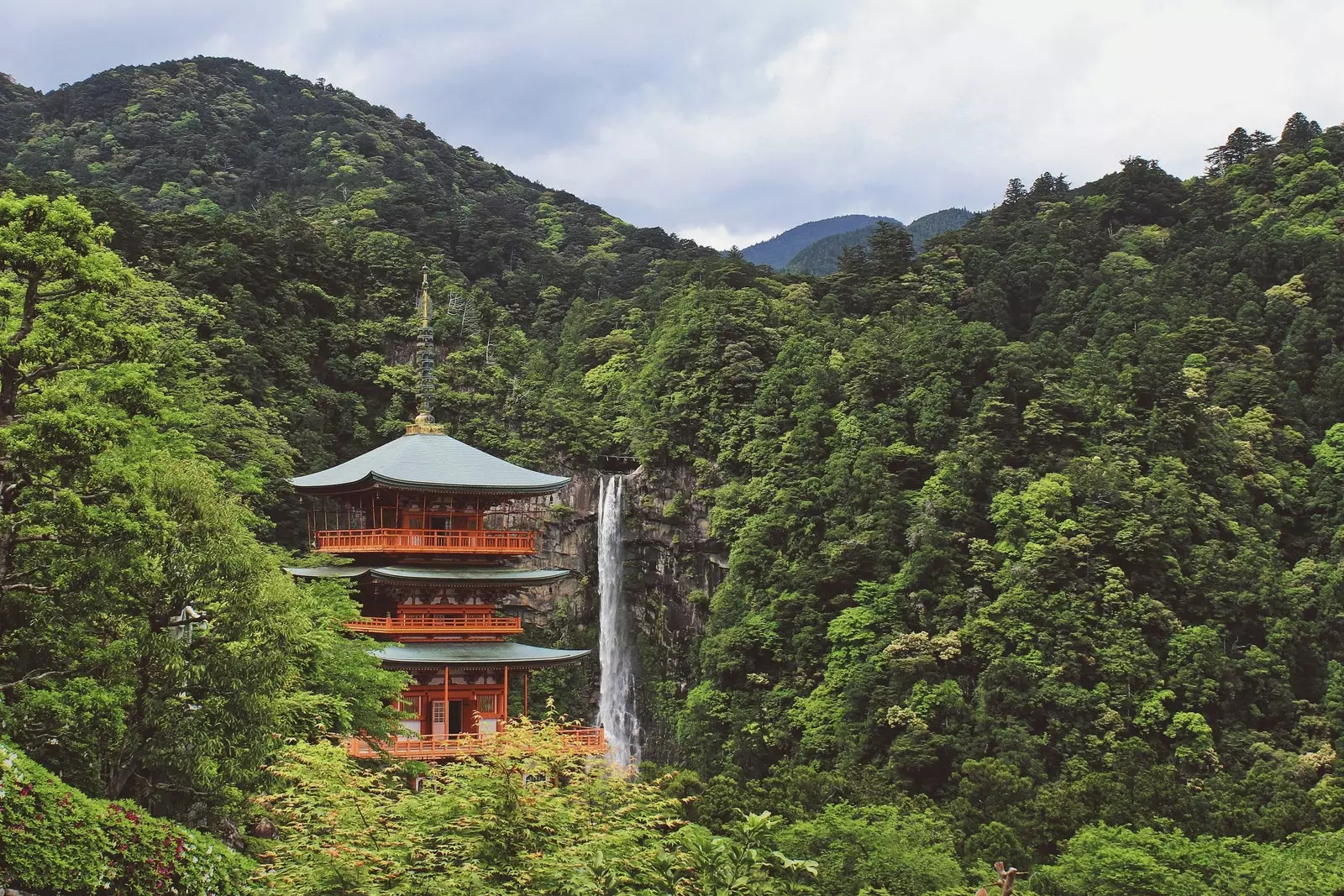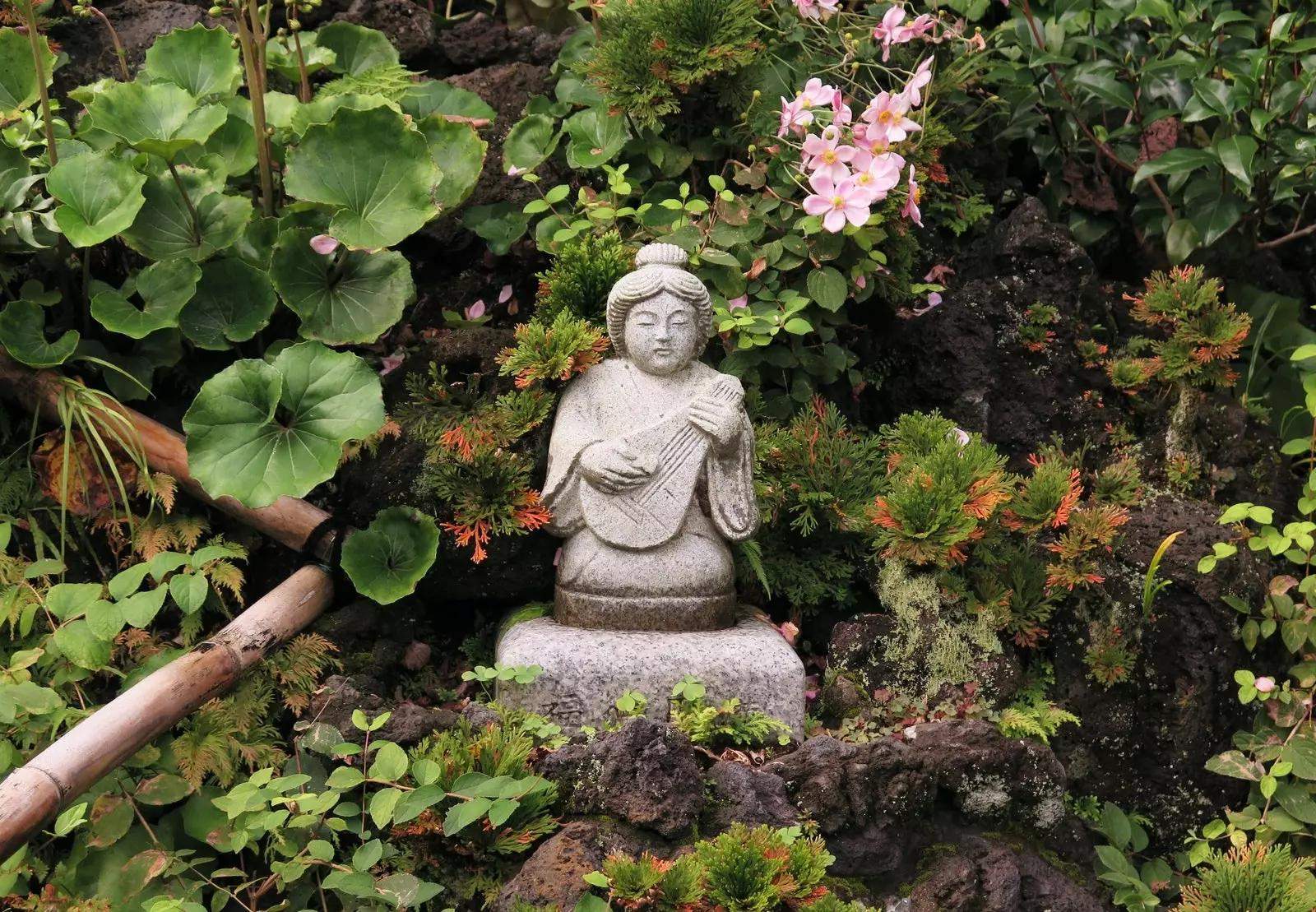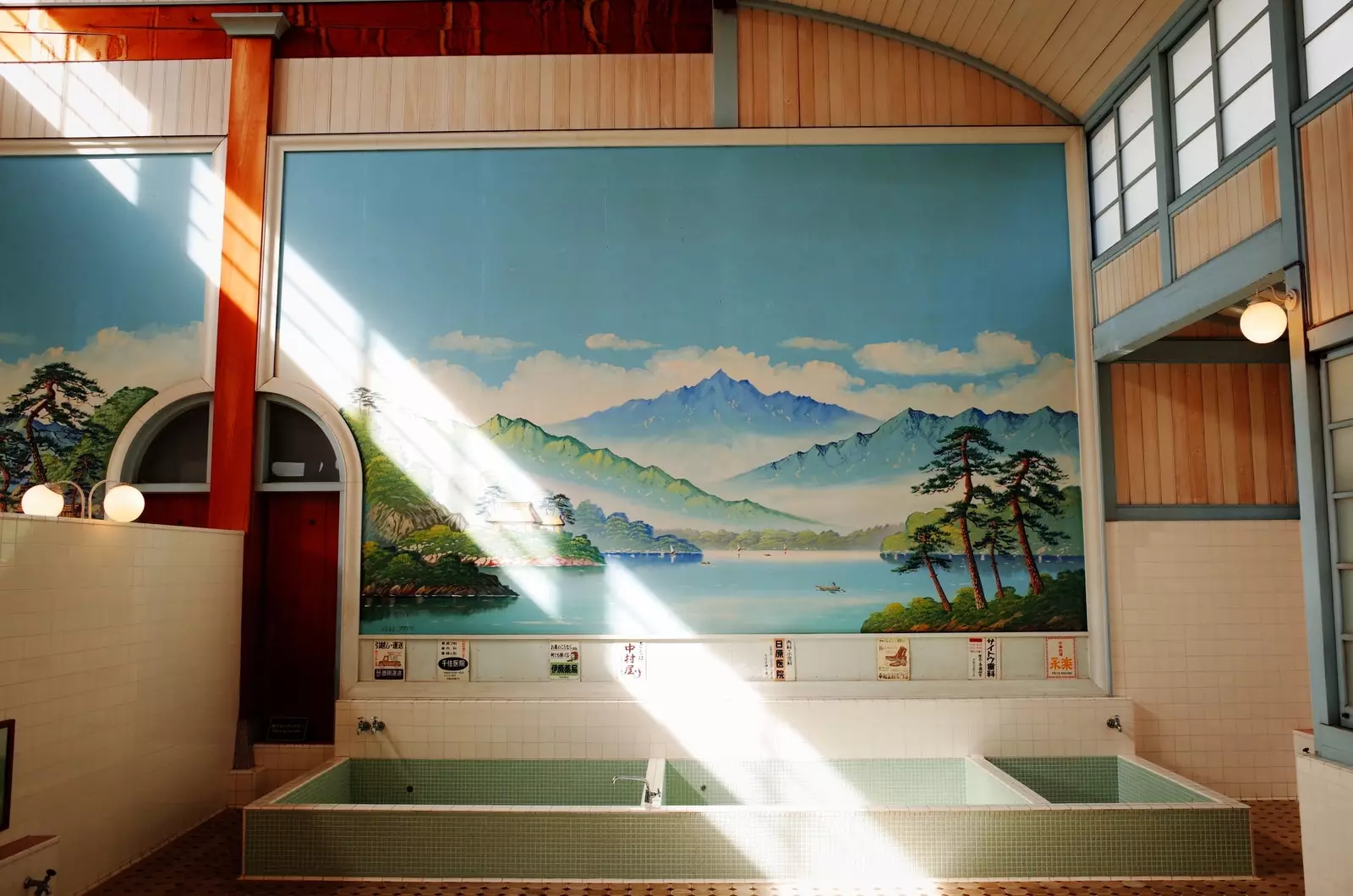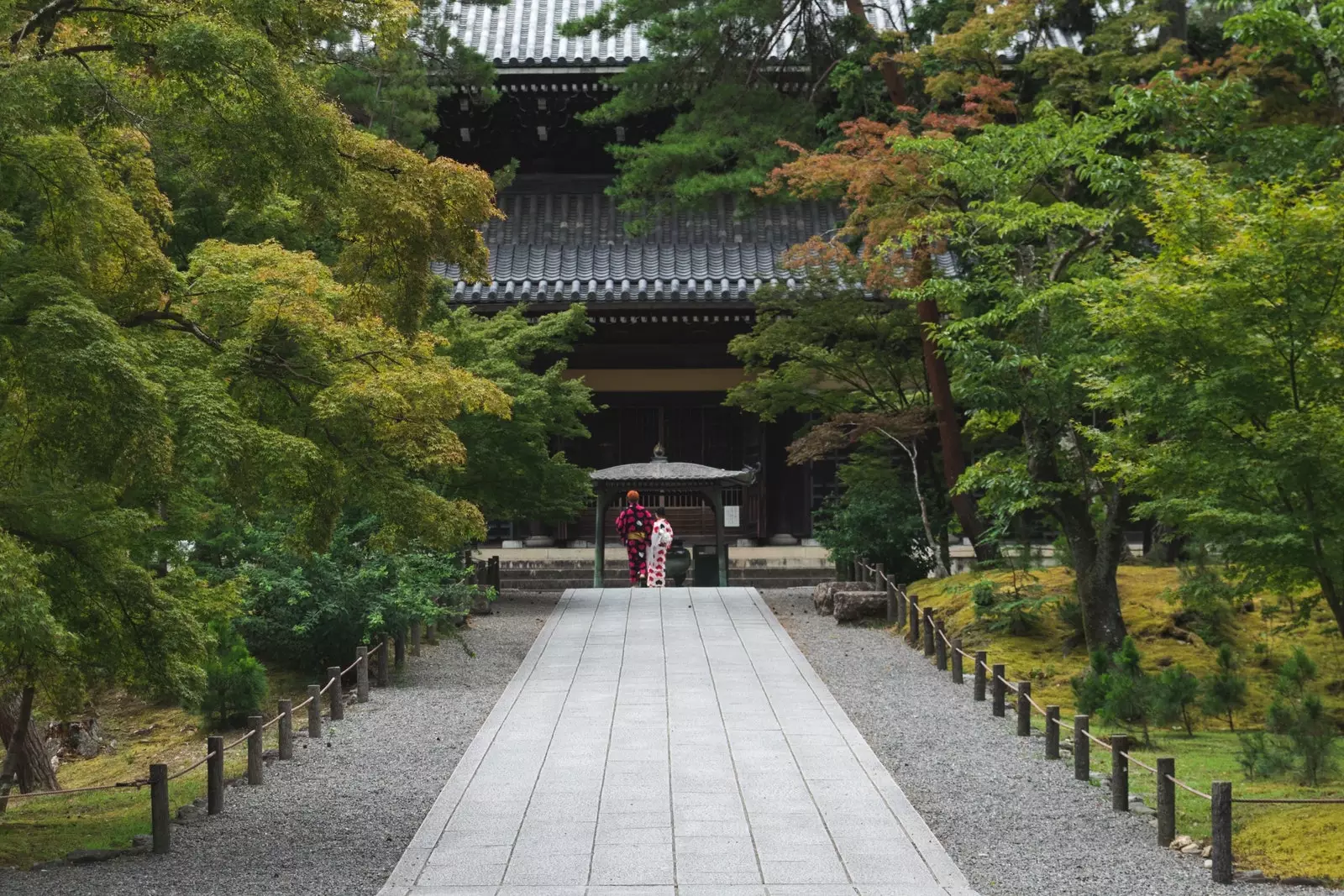
Experiences to make you feel like inside this photograph
In these uncertain and insipid days we need charge body and mind of balance, calm and energy to face a winter that promises to be long, and thus achieve a peaceful and balanced 2021. Impossible task? No way! We just have to resort to the Japanese culture, based on well-being, to apply it to our day to day.
Purify yourself, reconnect with nature, meditate, value everyday moments or look for beauty in the little things are some of the spiritual values with which the Japanese achieve the perfect balance in life. Values that permeate each of the corners of Kyoto, origin of this ancient culture.
The location of the ancient capital of Japan, in a valley surrounded by mountains, provides purification through hot springs, from which it is possible to benefit from one of the abundant onsen scattered around Kyoto. In the city itself, they are the sat those that serve to achieve relaxation. These public baths with water from underground springs have been widely used to establish social bonds.

The nature, the silence...
THE SENSE OF PURITY THROUGH WATER
Water in Japanese culture, in addition to being linked to cleansing the body and mind, expresses the beauty of the heart and respect for others and nature. Hence the importance of purifying oneself with it before entering a sacred precinct, first the left hand, then the right, and finally the mouth. This tradition has been going on since the 6th century and could not be more present in our current lives. Another is that of removing one's shoes when entering an interior space with the intention of leaving impurity behind or spilling water at the entrance to a ryokan or other accommodation to welcome guests.
Is powerful liquid energy , present throughout the city of Kyoto, is also change and evolution, and its connection is manifested in rituals such as preparing, serving and presenting tea. The tea ceremony is linked to meditation practices, which teach how to turn an insignificant event into a special moment where the only thing that matters is the present, the fundamental principle of zen buddhism . We can also appreciate the here and now through calligraphy or the flower arrangements , disciplines that teach us to take advantage of any moment, no matter how dull it may seem to us, because after all, the present is the best past.

The sento is not just a public bath: it is a purification ritual
MEDITATION TO ACHIEVE PEACE
Meditating is the correct way to well-being according to Japanese tradition, and any time and place is good for it. Forests and gardens are wonderful places to practice meditation, although a simple walk can help clear the mind. The philosopher Nishida Kitaro, forerunner of the Kyoto school , claimed that walking daily helps improve mood and be more productive. His daily routine included contemplative walks between the Silver Pavilion (Ginkakuji) and the temples of Honen-in and Nanzen-ji, a beautiful route that evokes calm and harmony between cherry trees, hydrangeas and maples; and what is currently known as the 'Way of Philosophy'.
Staying in a temple to experience the life of the monks or taking a bath in nature are other ways that some Japanese find to meditate and improve their balance. The five routes that embrace Kyoto through 84 kilometers, connect its valley with the mountains and the cedar and bamboo forests. offering walks full of tradition through temples, castles, viewpoints, sanctuaries and monuments.

Nanzen-Ji, in Kyoto
THE POWER OF MINIMALISTIC BEAUTY
Even the most imperceptible details can express hospitality, gratitude, tranquility and elegance. That is why the Japanese take so much care of their gardens and celebrate the changes of seasons and the phenomena of nature. The Hanami , which welcomes the spring or the tsukimi , which celebrates the arrival of September with the contemplation of the moon, are examples of this.
In the country, shows are also organized to magnify the beauty of certain places. In the one of the winter lights enclaves like the Nijo Castle in Kyoto they become true stories between the months of December and February thanks to a fascinating lighting that enhances their charm.
The firm traditions of the former imperial capital are equally present in its gastronomy, in which seasonal products or dishes adapted to the different seasons of the year prevail, like tofu served in soup in winter and cold in summer . And it is that the basis of well-being is a good diet.
And if you want to experience all of Japanese culture just a stone's throw from your home, take note of the Japanese to Spanish route: from the onsen experience to the momiji in the middle of nature; from the most kawaii purchases to the most zen gardens...
